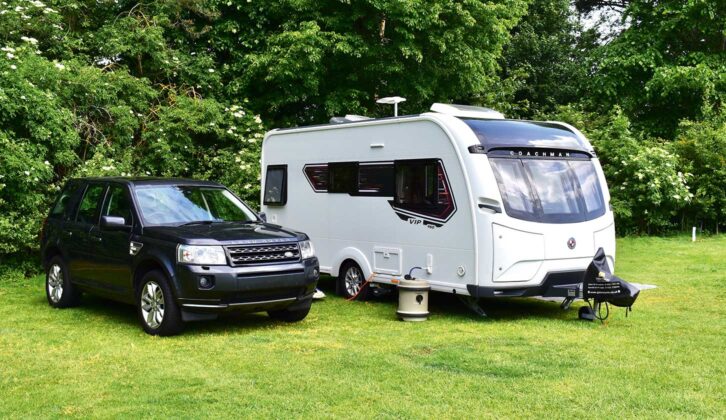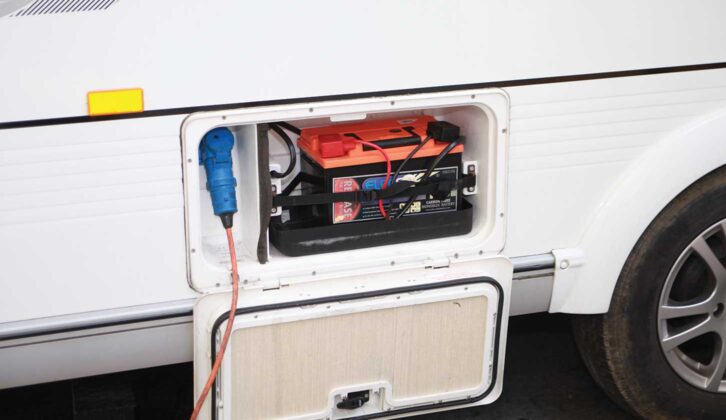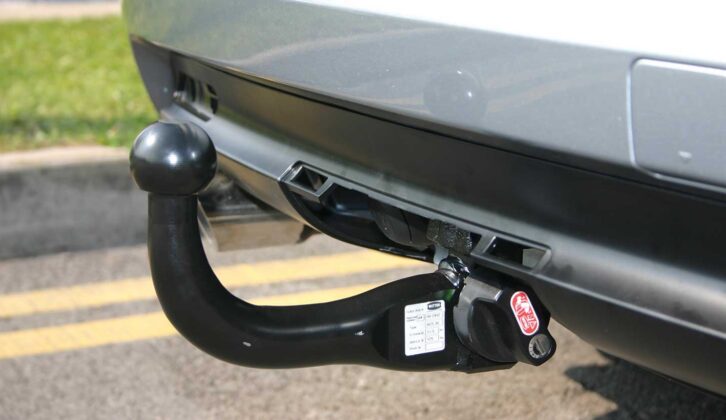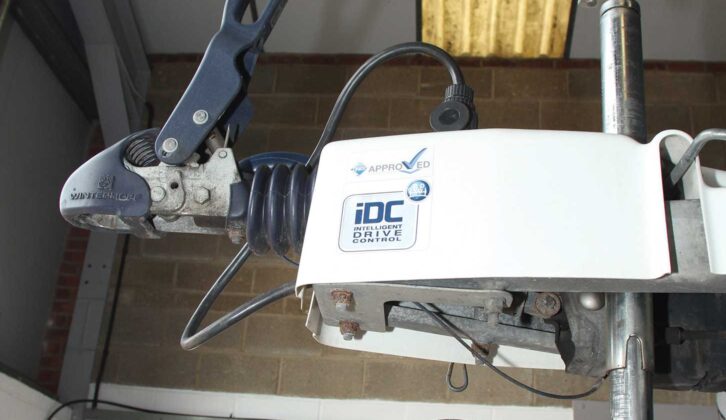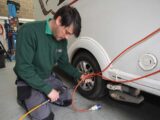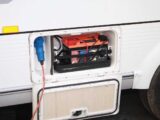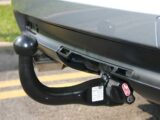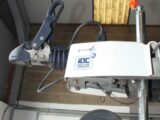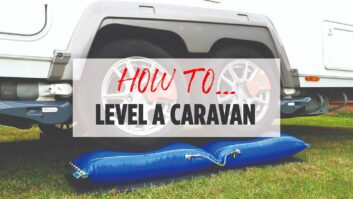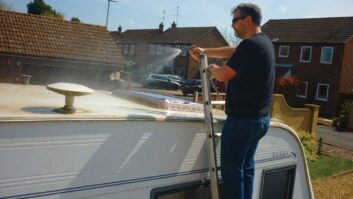One of the main benefits of caravanning is the convenience of being able to set off whenever we want. However, ensuring our tourers are ready for our next adventure is a crucial step, particularly if your van has been laid up during the winter months. That’s where these 10 tips come in, outlining what you can do to help you prepare your caravan for spring touring.
While cleaning a caravan and using products like the best caravan polish will be important steps in keeping your tourer looking its best, there are still maintenance tasks and checks owners should carry out to ensure their first tour of the year goes without a hitch. There will also be essentials you’ll want to stock up on if you’re running low, saving you from paying inflated prices once you’re pitched up.
Here, we’re sharing our top tips to set you on your way.
1 Tyre pressure, condition and age
Begin by carrying out some caravan tyre safety checks.
Check the pressure, condition and age of your caravan tyres. Legally, they should have a minimum 1.6mm of tread around the entire circumference of the tyre. However, experts believe there should be at least 3mm, as this is what helps to disperse standing water when you drive on wet roads.
The average caravan tyre does not wear out before it gets too old for safe use. The touring clubs advise that you should renew your tyres at five to seven years old, regardless of the tread left.
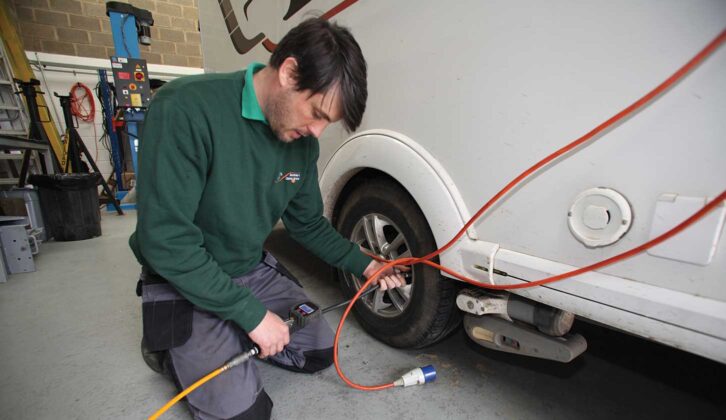
Tyres that suffer damage, such as a gash, deformation or blistering, should be replaced immediately. Most caravan accidents are caused by tyre issues.
You can date your tyres by reading the two numbers embossed on the tyre wall, for example, 28/21. The first figure is the week of the year and the second is the year. In this example, the tyre was made in the 28th week of 2021.
Caravan tyres require higher pressure than the average car tyre. Typically, this is somewhere between 42 and 64psi, where a car might be 28-36psi. Check your manual to find the recommended tyre pressure. And while you’re there, don’t forget to check the spare tyre.
2 Lubrication
Oil or grease relevant moving parts on your caravan. This will include corner steadies, the jockey wheel, handbrake, locks, the hitch mechanism (but not the towball or friction pads), external hinges, and your towbar mechanism and security lock if it is a removable design.
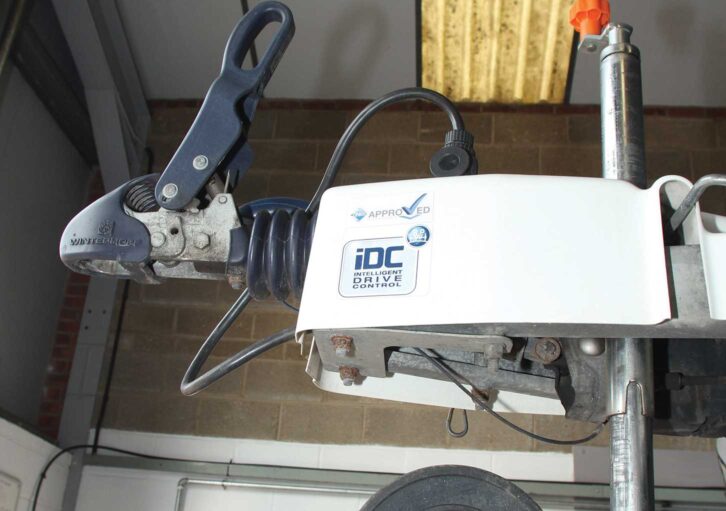
If your tourer has a slide-out spare wheel carrier, ensure it is greased and moving easily. I once watched a technician battle for 20 minutes to free one, which you wouldn’t want to be doing on the hard shoulder of the A1! Do take a look at our caravan breakdown cover guide if you’re wondering what options are out there though.
3 Inspect towbar and electrics
Check any retractable/removable towbar mechanisms are in working order, as they can get very stiff if left unused over winter. Plug the towing cable into the car and test the caravan lights, ATC and fridge are working.
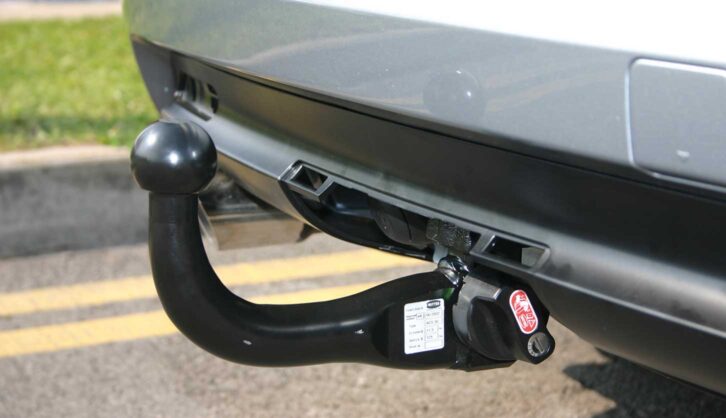
4 Top up consumables
Don’t forget to stock up on the best caravan toilet chemicals if you don’t have enough for your first trip? Far better to buy them online or in a store, than be forced to pay the inflated prices in many campsite shops. You may also need AA or AAA batteries for remote controls.
5 Check the paperwork
Look through all of your caravan paperwork, to ensure that insurance cover, memberships, warranty details, passports and so on are up to date. If you haven’t already done so, book your annual AWS-approved caravan service.
6 Flush water system
Refill the caravan’s toilet flush reservoir with diluted pink fluid.
7 Check battery levels
Check your leisure battery’s charge: 12.6V or more indicates a fully charged lead-acid battery (AGMs can reach 12.8V); anything below 12.4V is deemed deeply discharged and requires immediate smart-charging. Letting your battery get below around 12.06V (50% charge) could irreparably damage it.
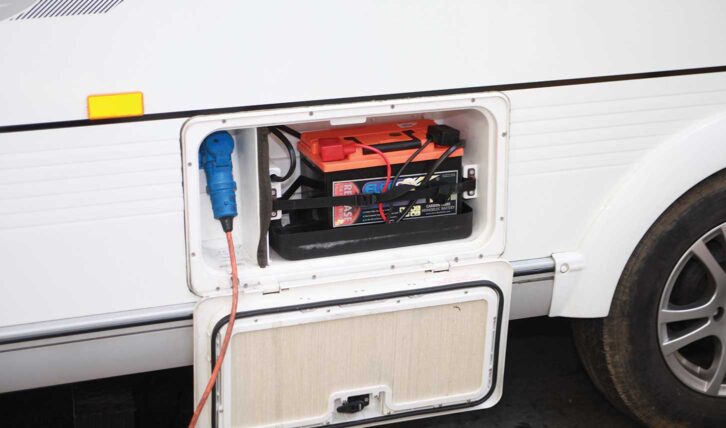
A fully charged lithium battery will have a voltage of 13.3-13.4V. These can be discharged to much lower levels than standard leisure batteries without suffering damage, but they are considerably more expensive.
8 Al-Ko friction pads
Check the life remaining in Al-Ko 3004 stabiliser pads. First, insert your towball into the hitch until the coupling handle clicks down into place. Now push the stabiliser handle down until you feel resistance – but don’t push too hard. Look at the arrows on the side of the stabiliser arms. These should point just beyond the green mark, but not as far as the red mark.
As the pads wear over time, the arrow will move further towards the red mark. When the arrows point at the red mark, the pads need replacing – a five-minute job with a standard flat screwdriver.
9 Check detectors and remotes
Carry out battery checks on your smoke detector and carbon monoxide alarm, along with your TV, air-con and motor mover remote controls.
10 Fire up the systems
Test your hot water and heating and check that water is pumping to all taps and the shower. Do this a day or two before you leave and you won’t have to drain the system down again, unless you’re expecting freezing weather.
Check driving lights and indicators, and your air-con, satellite dish, motor mover and levellers if you have them.
Now you’re ready to enjoy your first tour, find out what there is to know about levelling a caravan, so you can enjoy a completely flat tourer on your pitch.
Future Publishing Limited, the publisher of Practical Caravan, provides the information in this article in good faith and makes no representation as to its completeness or accuracy. Individuals carrying out the instructions do so at their own risk and must exercise their independent judgement in determining the appropriateness of the advice to their circumstances. Individuals should take appropriate safety precautions and be aware of the risk of electrocution when dealing with electrical products. To the fullest extent permitted by law, neither Future nor its employees or agents shall have any liability in connection with the use of this information. Double check any warranty is not affected before proceeding.
If you’ve enjoyed reading this article, why not get the latest news, reviews and features delivered direct to your door or inbox every month. Take advantage of our brilliant Practical Caravan magazine SUBSCRIBERS’ OFFER and SIGN UP TO OUR NEWSLETTER for regular weekly updates on all things caravan related.
